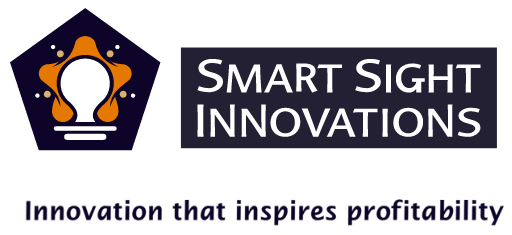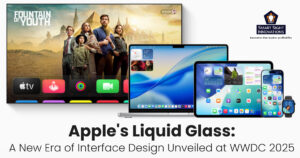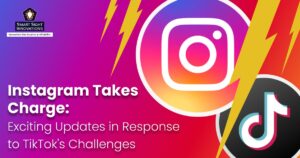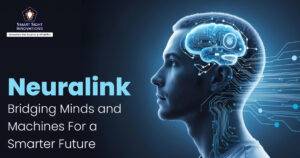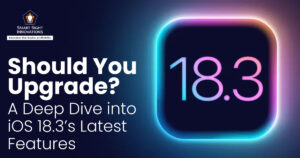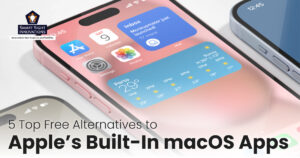
In today’s fast-evolving tech landscape, a smartphone without AI is just a touchscreen device with apps. AI has redefined what it means to be “smart,” powering everything from camera enhancements and voice assistants to real-time language translation and predictive text.
Modern AI-driven smartphones adapt to user behavior, optimize battery life, and even improve security through facial recognition and adaptive authentication. Features like Google’s Pixel Call Screen and Apple’s Siri suggestions rely on AI to enhance user experience. Without AI, smartphones would lack the intuitive automation that makes them efficient, convenient, and personalized.
Moreover, AI is revolutionizing mobile photography, enabling features like night mode, portrait effects, and scene recognition. AI-driven processing also enhances app recommendations, spam filtering, and navigation services, making everyday tasks seamless. Let’s look at some essential AI apps you need to have on your phone.
1. Heardly
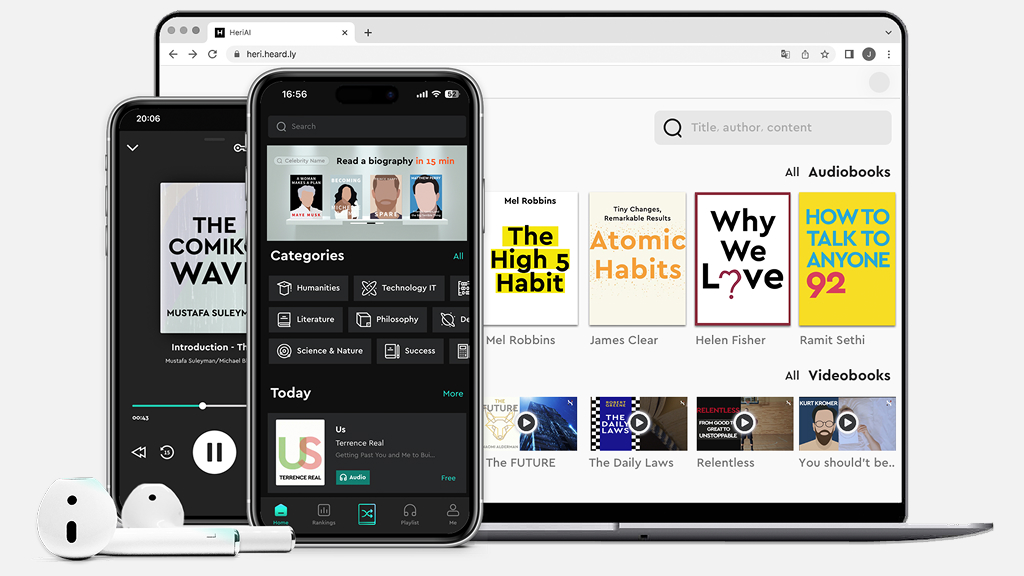
(Image Source: Heardly)
Heardly is a mobile platform designed to enhance the reading and listening experience by summarizing key insights from non-fiction books and other content. It allows users to access concise summaries, making it easier to discover new ideas and knowledge.
Heardly operates through its website and mobile applications, offering a library where users can purchase and download content for personal use. By integrating Heardly into a smartphone, users significantly enhance the device’s functionality, transforming it into a powerful tool for learning and information acquisition.
This capability aligns with the broader definition of a smartphone, which extends beyond basic communication to include features that promote productivity, safety, and entertainment.
The app exemplifies how smartphones can serve as versatile platforms for various tasks, including reading, audio streaming, and even accessibility features for individuals with hearing impairments. This versatility adapts to the user’s needs and preferences, facilitating a more enriched and engaging interaction with information.
2. Wondera

Wondera is an innovative mobile application that transforms the way users engage with music and singing through advanced AI technology. Its voice cloning technology enables users to create personalized singing voices through a blend of machine learning and real-time audio processing.
The app features real-time voice synthesis, which provides immediate auditory feedback, making the singing experience interactive and immersive. Users can also enjoy karaoke with moving lyrics and AI-powered scoring, enhancing their vocal skills over time.
By integrating Wondera into a smartphone, users elevate their device from a simple communication tool to a versatile platform for creativity and entertainment. The app’s ability to generate music videos and facilitate cover songs empowers users to express themselves artistically. Furthermore, its seamless integration with popular music tracks allows for effortless blending of voices, turning smartphones into personal recording studios.
The real-time voice synthesis allows users to hear their AI-generated voice instantly while singing, paired with moving lyrics and AI-driven scoring to refine vocal performance over time. The more a user interacts with the app, the more the AI adapts, improving accuracy and emotional expressiveness.
The technology’s applications extend to creating lip-synced music videos and cover songs, transforming smartphones into portable studios for artistic expression.
3. Be My Eyes
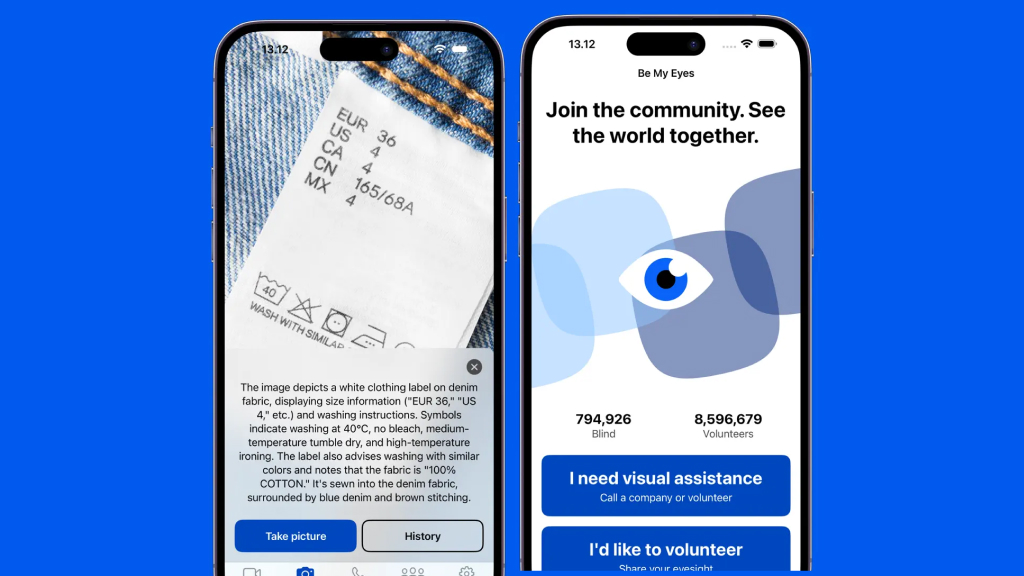
(Image Source: Be My Eyes)
Be My Eyes is a groundbreaking mobile application that connects blind or low-vision users with sighted volunteers for real-time visual assistance via video calls. With over half a million users and more than seven million volunteers available in 185 languages, the app provides crucial support for everyday tasks, such as reading labels, navigating environments, or identifying objects.
Using this app is easy; wherein users simply tap a button to connect with a volunteer who can see through their smartphone’s camera and provide guidance. This immediate access to assistance exemplifies how smartphones can serve as vital tools for inclusivity and accessibility.
In addition to connecting users with volunteers, Be My Eyes recently introduced “Be My AI,” an AI assistant that offers image descriptions and answers questions about photos sent by users. This integration of AI enhances the app’s capabilities, making it even more versatile.
By facilitating these connections and providing essential services, Be My Eyes transforms a standard smartphone into a powerful device that empowers individuals with visual impairments, showcasing the true potential of modern technology in enhancing daily life.
Be My Eyes ensures the privacy and security of user data through robust measures. The app encrypts video streams and photos both in transit and at rest to prevent unauthorized access. It collects only essential personal information, such as language and location, to connect users with suitable volunteers, and explicitly avoids selling user data to third parties.
Users retain control over their data, with the option to request deletion of videos, photos, or other personal information at any time. Additionally, Be My AI processes submitted photos responsibly, blurring faces to address privacy concerns. These practices align with evolving global privacy regulations.
4. Socratic
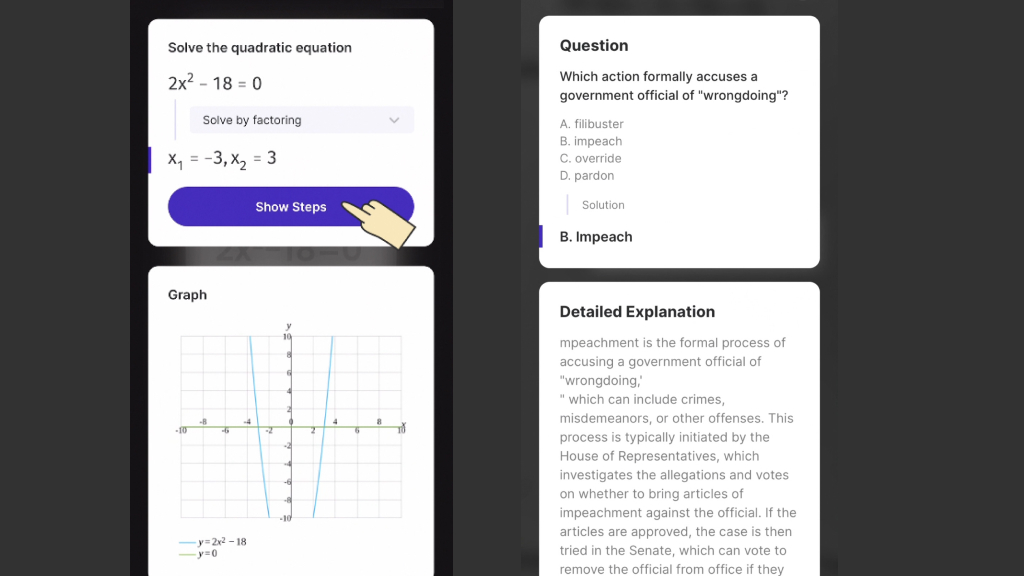
(Image Source: Socratic)
Socratic is an AI-powered educational app developed by Google that assists students in tackling homework across various subjects, including math, science, literature, and social studies. Users can simply take a photo of a question or type it in, and the app employs Optical Character Recognition (OCR) technology to analyze the query. It then provides detailed explanations, video tutorials, and curated resources to help users understand the concepts better.
By integrating Socratic into a smartphone, users enhance their device’s functionality beyond basic communication. The app transforms the phone into a personal tutor available 24/7, making learning accessible and interactive. Its ability to provide real-time answers and explanations fosters a deeper understanding of complex topics, catering to diverse learning styles.
Moreover, Socratic’s user-friendly interface and adaptive learning paths ensure that students receive tailored support based on their progress. This capability exemplifies how smartphones can serve as powerful tools for education and personal growth, turning them into essential devices for modern learners.
5. CopyOwl
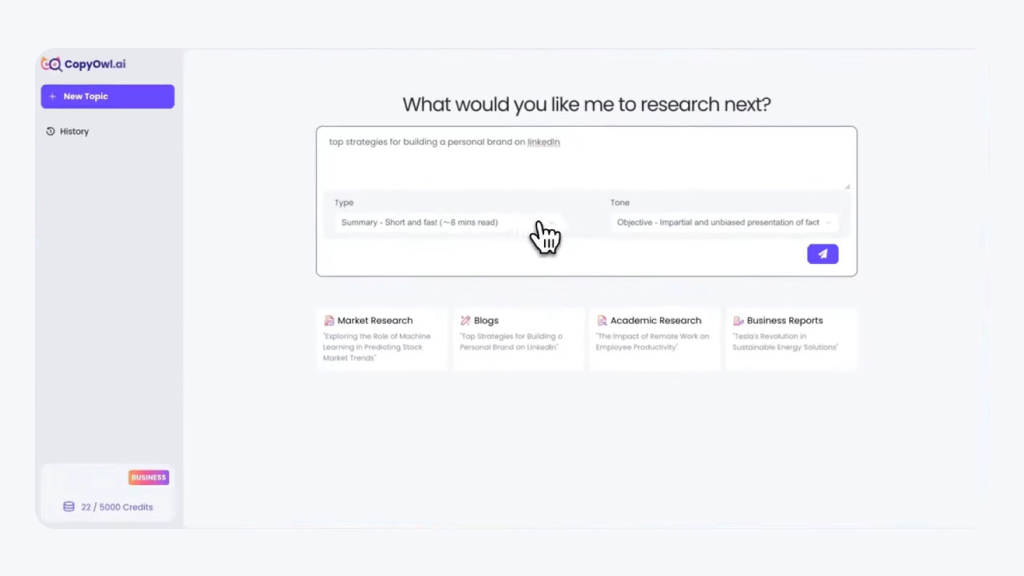
(Image Source: CopyOwl)
CopyOwl is an advanced AI-powered platform designed to streamline the creation of essays, blogs, research documents, and business reports. It automates research, citation, and writing processes, enabling users to generate high-quality content quickly.
The platform also allows customization of tone and style, catering to various needs from academic writing to conversational content. Integrating CopyOwl into a smartphone transforms it into a powerful writing assistant, enabling users to produce professional-grade documents on the go.
6. Starry AI
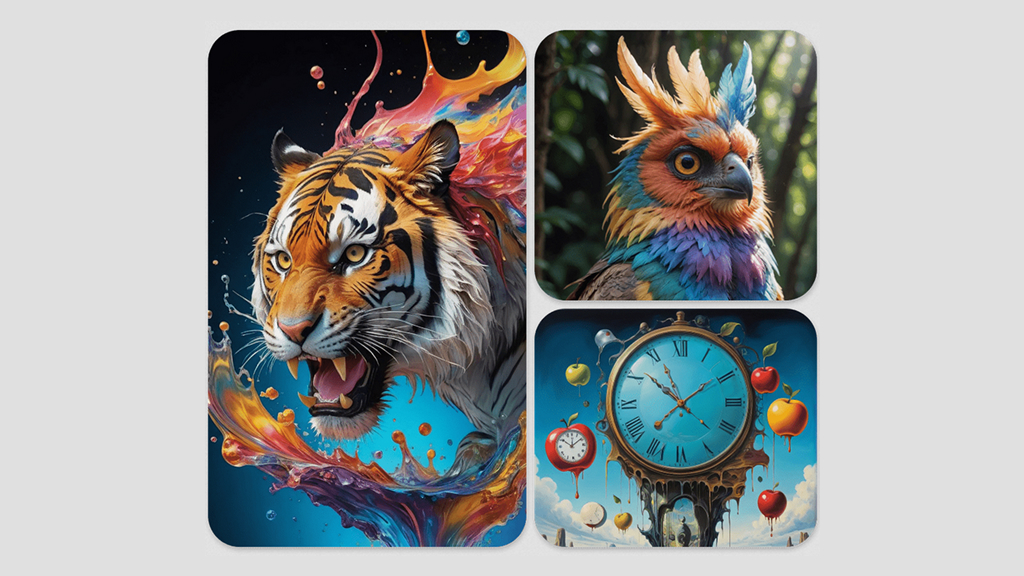
(Image Source: Starry AI)
Starry AI is an innovative mobile application that harnesses artificial intelligence to transform user prompts into stunning artworks. Designed for both amateur and professional creators, the app allows users to generate unique images by simply describing their vision. This capability democratizes art creation, enabling individuals without traditional artistic skills to express their creativity effortlessly.
By integrating Starry AI into a smartphone, users enhance their device’s functionality, turning it into a powerful creative tool. The app offers features such as advanced customization options, allowing users to choose from various styles, models, and aspect ratios for their artwork.
The app also ensures that users retain full ownership of their creations, empowering them to use the art for personal projects or share it on social media. This blend of accessibility, creativity, and ownership exemplifies how smartphones can serve as versatile platforms for artistic expression, enhancing the overall user experience and showcasing the true potential of modern technology.
7. Photoleap
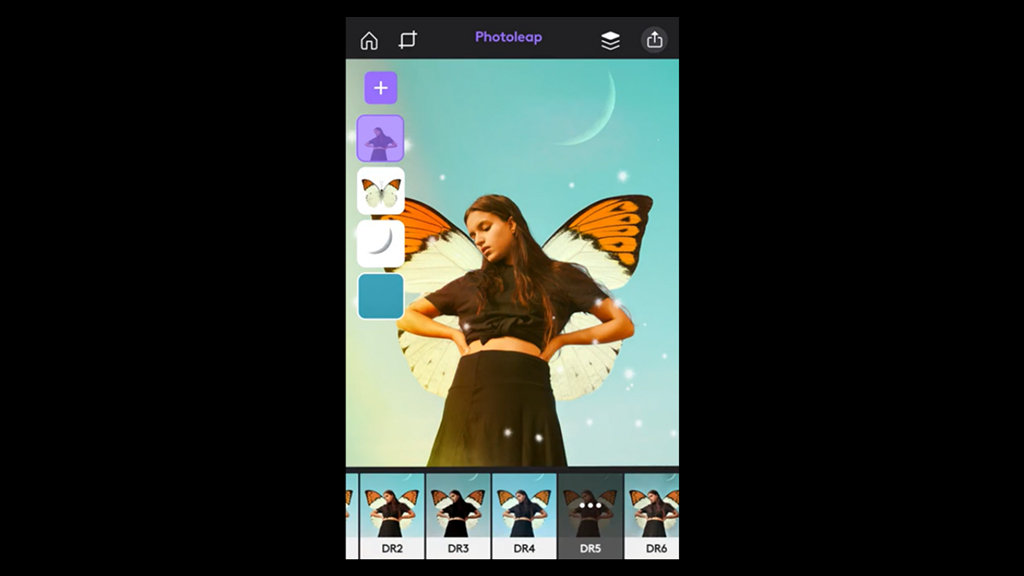
(Image Source: Photoleap)
Photoleap is a powerful photo editing application that empowers users to create stunning visuals directly from their smartphones. The app features an array of advanced tools, including AI-powered capabilities for object removal, background replacement, and image enhancement. Users can manipulate images using layer-based editing, allowing for complex compositions.
By integrating Photoleap into a smartphone, users enhance their device’s functionality, transforming it into a portable creative studio. The app’s user-friendly interface makes it accessible for beginners while still catering to the needs of experienced editors. Features like customizable workflows and batch processing enable efficient editing, making it ideal for content creators and photographers on the go.
8. Character AI

(Image Source: Character AI)
Character AI is a cutting-edge mobile application that allows users to engage in dynamic conversations with AI-driven characters, including historical figures, celebrities, and fictional personas. The app utilizes advanced large language models (LLMs) to generate human-like responses, making interactions feel natural and immersive. Users can create their own characters by defining personality traits, backgrounds, and even dialogue styles, enhancing the customization experience.
Integrating Character AI into a smartphone elevates the device’s functionality beyond mere communication. It transforms the phone into an interactive platform for entertainment, education, and creativity.
9. Perplexity

(Image Source: Perplexity)
Perplexity is an AI-powered search engine designed to revolutionize how users discover information. By allowing users to ask questions in natural language, Perplexity provides concise, credible answers sourced from various reliable outlets.
Integrating Perplexity into a smartphone enhances its capabilities significantly, transforming it from a basic communication device into a powerful tool for knowledge acquisition. Users can conduct real-time searches, receive up-to-date information, and access detailed follow-up suggestions that refine their inquiries.
Moreover, Perplexity’s library feature allows users to organize their discoveries, making it easier to revisit important information. By combining advanced AI technology with user-friendly design, Perplexity exemplifies how smartphones can serve as essential tools for education and personal growth.
10. Grammarly
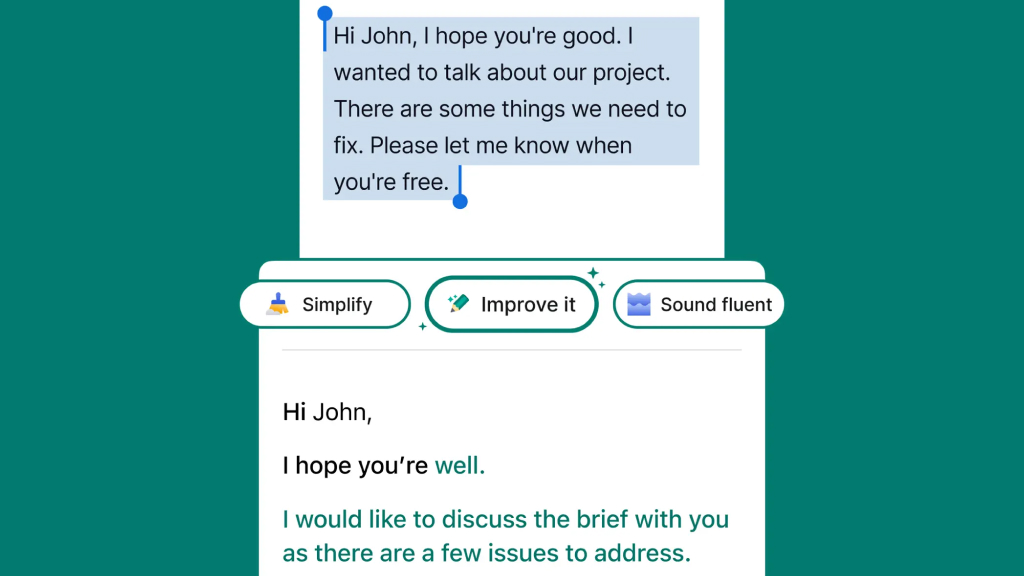
(Image Source: Grammarly)
Grammarly is a sophisticated writing assistant app that enhances communication by providing real-time grammar, spelling, and punctuation checks. Recently optimized for mobile devices, it offers features like the Grammarly Keyboard, which integrates seamlessly with any app, ensuring users can write error-free texts, emails, and social media posts.
The app also includes a tone detector that helps users convey their intended message effectively, making it easier to maintain the right voice in various contexts. Grammarly’s integration allows for instant feedback on writing quality, enabling users to improve their skills on the go. The app supports cloud-based document storage, allowing users to access and edit their work from anywhere.
11. Otter AI
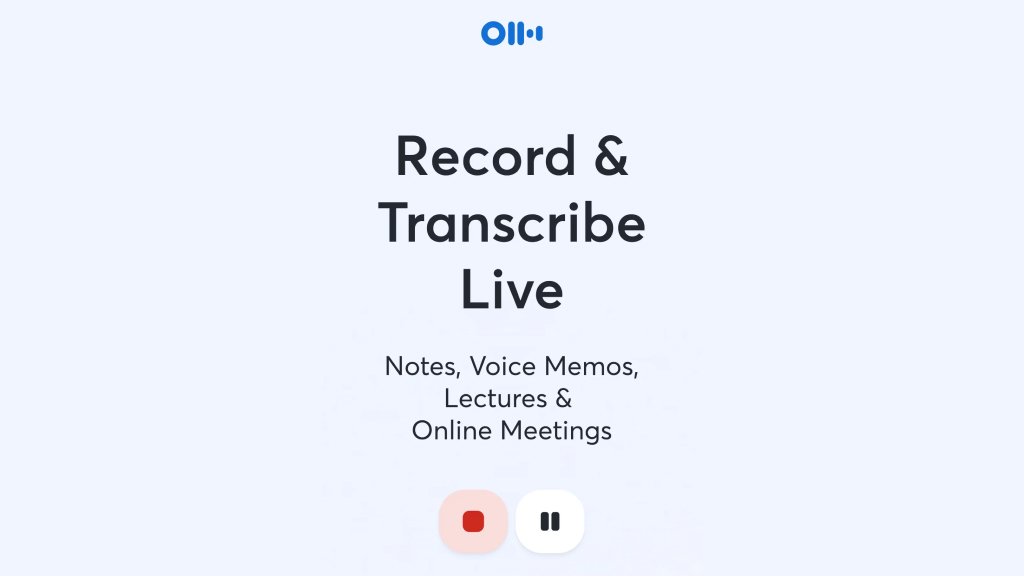
(Image Source: Otter AI)
Otter AI is a powerful transcription and collaboration tool that leverages artificial intelligence to convert spoken language into written text in real time. Ideal for professionals, students, and content creators, the app captures meetings, lectures, and interviews with high accuracy. Users can upload audio or video files for transcription, benefiting from features like speaker identification, time-stamped notes, and customizable vocabulary for specialized terms.
Integrating Otter AI into a smartphone enhances its functionality, transforming it into an essential tool for productivity. With the ability to transcribe conversations instantly, users can focus on discussions rather than manual note-taking. The app also facilitates seamless collaboration by allowing users to share transcripts and summaries with team members, making it easier to stay organized and informed.
Additionally, Otter AI’s integration with platforms like Zoom and Google Meet enables automatic transcription of virtual meetings, ensuring that users never miss important information. By providing these capabilities, Otter AI exemplifies how smartphones can serve as comprehensive tools for communication and organization, showcasing their potential to enhance everyday tasks and workflows.
12. Bing Chat
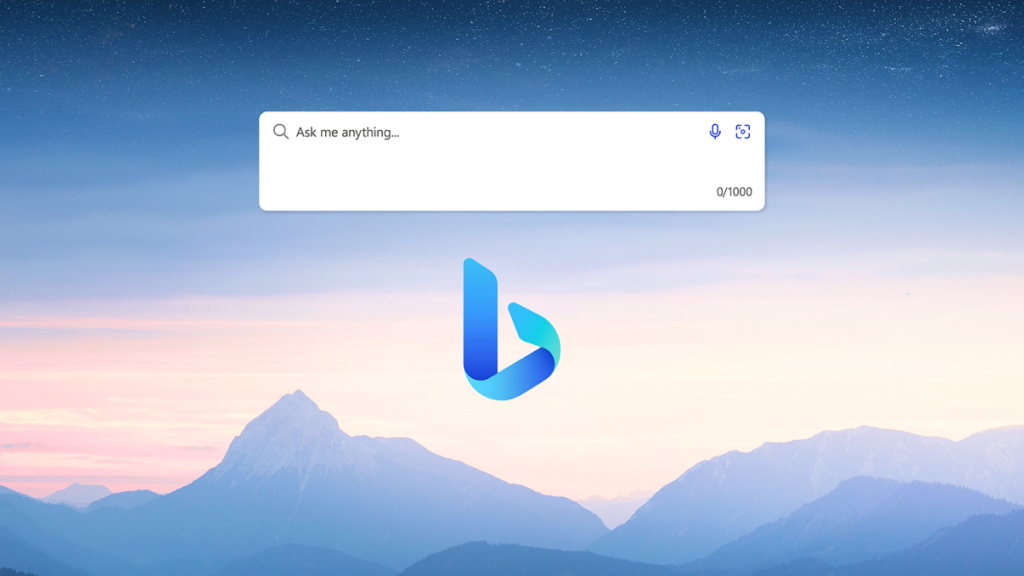
(Image Source: Microsoft’s)
Bing Chat is an advanced AI-powered feature integrated into Microsoft’s Bing search engine, utilizing OpenAI’s GPT-4 technology to facilitate natural language conversations. Users can engage with Bing Chat by asking questions, seeking advice, or discussing various topics in a conversational format.
By incorporating Bing Chat into a smartphone, users significantly enhance their device’s functionality, transforming it into a dynamic information hub. The app allows users to receive instant answers to queries, generate creative content like poems or stories, and even create images based on text prompts. Additionally, the chat interface supports voice input, enabling hands-free interactions that further streamline the user experience.
Bing Chat’s integration of follow-up questions and personalized suggestions encourages deeper exploration of topics, making smartphones not just communication tools but essential resources for learning and creativity.
